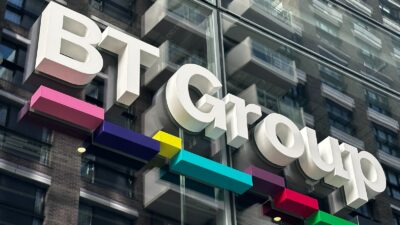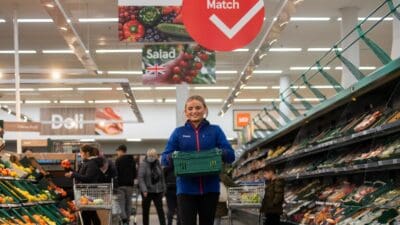eBay and Skype, AOL and Time Warner, BMW and Rover. Hopefully Sainsbury’s (LSE: SBRY) £1.4bn purchase of Argos parent Home Retail Group (LSE: HOME) won’t join this hall of fame for infamous failed acquisitions, but there are strong reasons to suggest it may.
The first issue is the price Sainsbury is paying for Argos, since DIY retailer Homebase is being sold off prior to the acquisition going through. Although the deal is being craftily financed through a mix of shares, cash on hand and financing from Sainsbury’s internal bank, the purchase is an expensive one. With the final price of 171.5p per Home Retail Group share, a 75% premium to their pre-takeover announcement price, Sainsbury is buying the struggling retailer at a very pricey 19 times forward earnings. Additionally, Sainsbury plans to close up to 55% of the Argos locations, yet it’s paying a fortune to buy stores it will then shutter.
Second, and most importantly, the acquisition does little to solve the larger issues each retailer is facing. Sainsbury’s management is pursuing the deal in order to place the Argos click-and-collect locations inside increasingly unpopular large out-of-town locations. Yes, Sainsbury has seen incremental increases in sales of non-food goods at these stores, and placing Argos outlets inside them will increase footfall and sales in the short term. But these small increases do little to answer the more fundamental problems facing the Argos and Sainsbury business models.
Market headwinds
Both companies are facing gale-force headwinds in their traditional markets. Sainsbury is losing market share to low-price rivals Aldi and Lidl, and Argos is being battered by e-commerce juggernaut Amazon. Sainsbury, like all the traditional grocers, has seen profits whittled away by the price wars that have sent operating margins falling to 2.71% in H1 2015 from 3.36% five years beforehand. While this decrease has been less than that of competitor Tesco, the Argos deal will do nothing to bring margins on bread and milk back to the level they were at before Aldi and Lidl arrived.
For Argos, operating margins have fallen from 6.7% in 2008 to 3.2% this past year as more and more customers turn to Amazon or other online retailers rather than wander down to an Argos store. The company has done well lately to build an enviable delivery network allowing same-day delivery across much of the UK. However, I find it hard to believe it can compete with Amazon on low prices while maintaining sufficient profitability to make the deal work. And profits 51% lower in 2015 than 2008 back this up.
Furthermore, while some Argos customers may choose to buy some food at Sainsbury’s when they collect their homeware or electricals purchases, the two chains have very different customer bases. Sainsbury’s bulwark against the low-price sector has thus far been its wealthier customers. But bringing in the lower-end Argos brand risks turning away core customers and diluting that competitive advantage.
At the end of the day, for me the numbers don’t add up: why would combining two struggling retailers somehow create one thriving one? With a huge price tag, little overlap in customer base, and the risk of drawing management’s attention away from fixing the core businesses, I don’t see this deal being one shareholders will look on fondly years from now.







